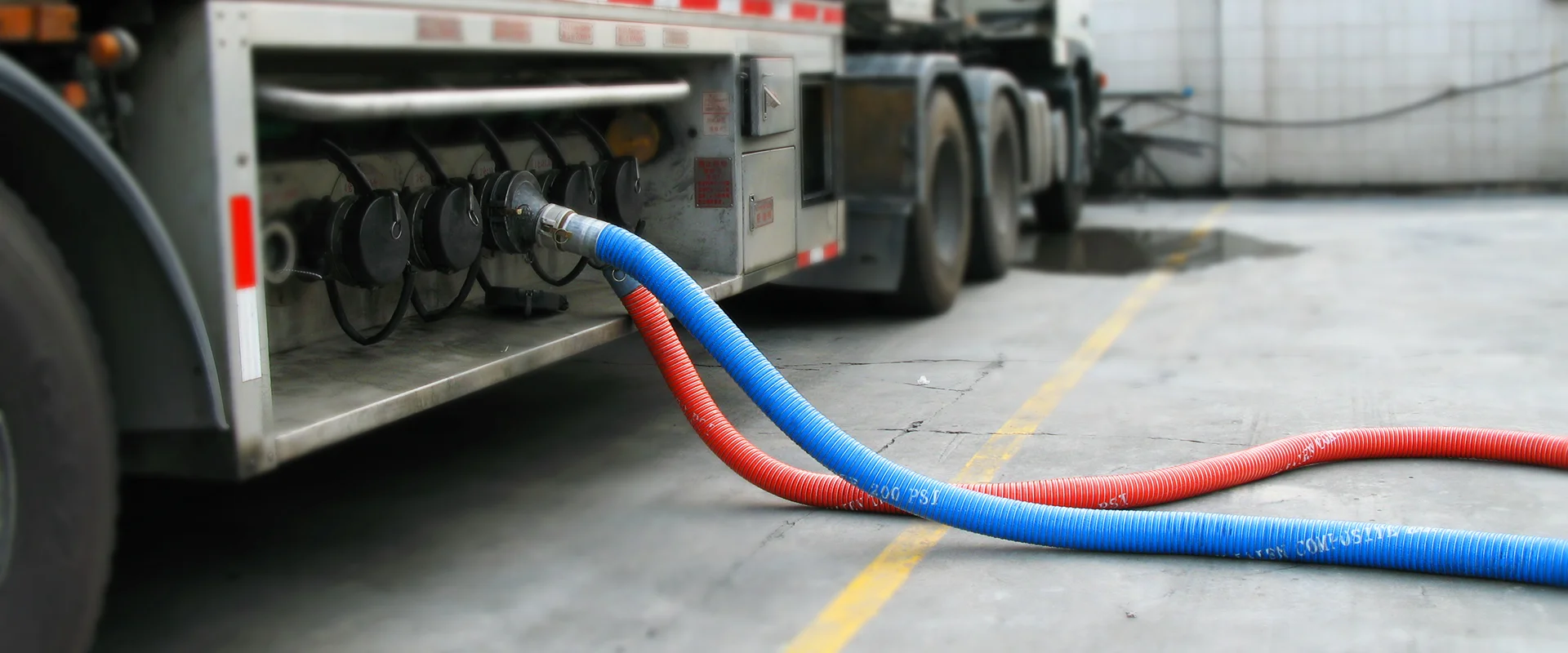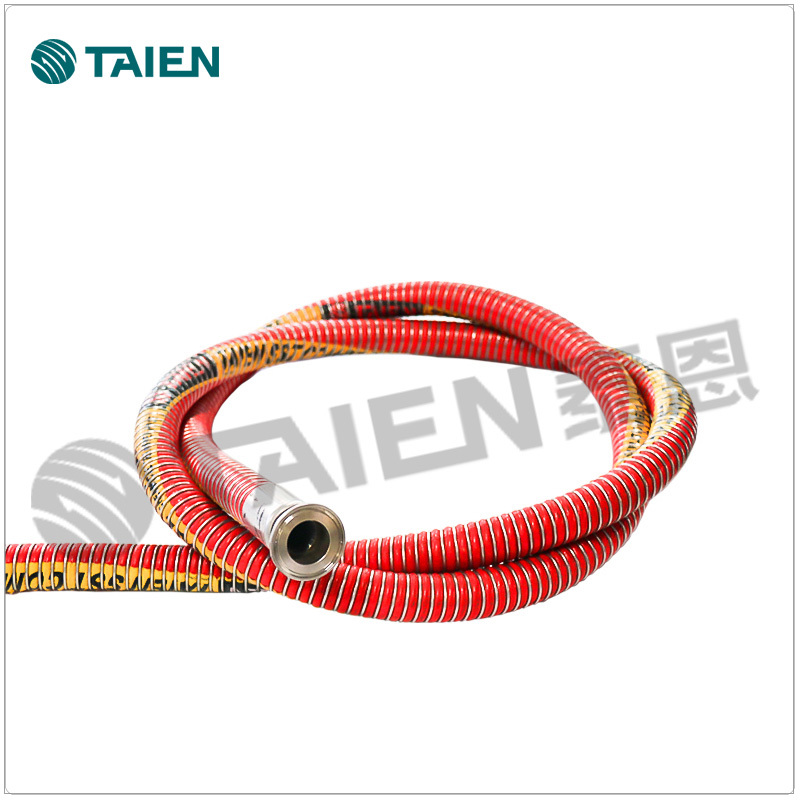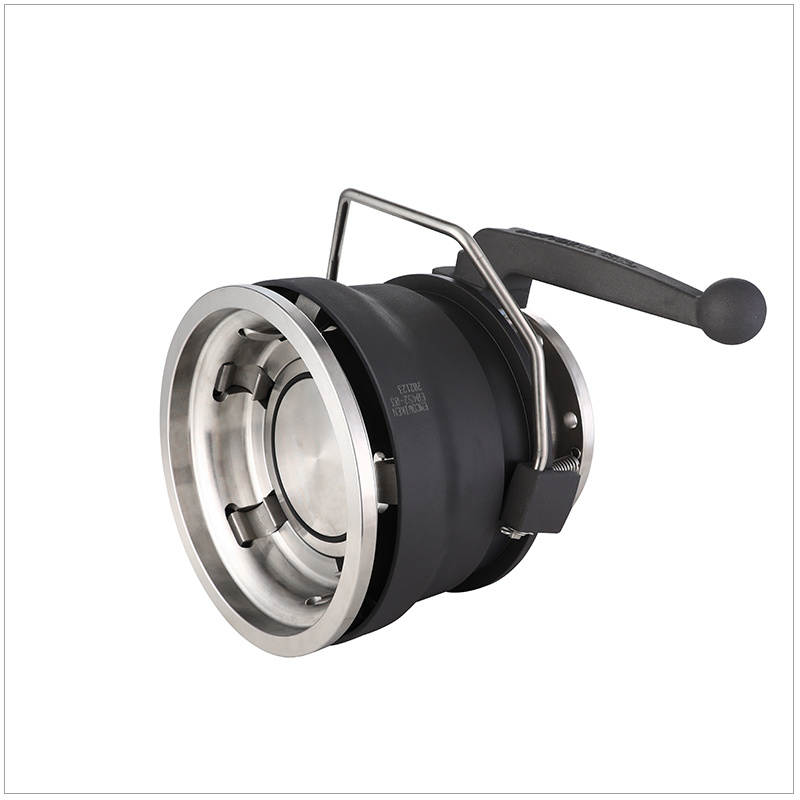How to Choose Between Rubber and PVC Chemical Hoses: A Comprehensive Guide
Release time:
2025-06-25
Author:
Source:
Abstract
How to Choose Between Rubber and PVC Chemical Hoses: A Comprehensive Guide
Table of Contents
1. Introduction to Chemical Hoses
2. Understanding Chemical Compatibility
3. Overview of Rubber Chemical Hoses
3.1 Advantages of Rubber Hoses
3.2 Limitations of Rubber Hoses
4. Overview of PVC Chemical Hoses
4.1 Advantages of PVC Hoses
4.2 Limitations of PVC Hoses
5. Key Differences Bet
How to Choose Between Rubber and PVC Chemical Hoses: A Comprehensive Guide
Table of Contents
1. Introduction to Chemical Hoses
2. Understanding Chemical Compatibility
3. Overview of Rubber Chemical Hoses
3.1 Advantages of Rubber Hoses
3.2 Limitations of Rubber Hoses
4. Overview of PVC Chemical Hoses
4.1 Advantages of PVC Hoses
4.2 Limitations of PVC Hoses
5. Key Differences Between Rubber and PVC Chemical Hoses
6. Specific Applications for Rubber and PVC Hoses
7. Maintenance and Care for Chemical Hoses
8. FAQs About Rubber and PVC Chemical Hoses
9. Conclusion
1. Introduction to Chemical Hoses
In the realm of industrial applications, the choice of hose material can significantly impact performance, safety, and durability. **Chemical hoses** are essential tools for transporting various substances, including chemicals, gases, and liquids. Two popular materials for these hoses are **rubber** and **PVC** (polyvinyl chloride). Each material offers distinct advantages, limitations, and suitability for different applications. This guide will assist you in understanding how to choose between rubber and PVC chemical hoses effectively.
2. Understanding Chemical Compatibility
Before selecting a chemical hose, it's crucial to understand the chemical substances you intend to transport. Different materials exhibit varying degrees of resistance to chemicals, which can affect the hose's longevity and performance. **Chemical compatibility** charts can provide valuable information on how rubber and PVC react with specific substances, guiding you in making the best choice for your operation.
3. Overview of Rubber Chemical Hoses
Rubber chemical hoses are known for their flexibility and durability. They are often chosen for transporting aggressive chemicals due to their excellent resistance to abrasion and environmental factors.
3.1 Advantages of Rubber Hoses
- **High Temperature and Pressure Resistance**: Rubber hoses can withstand a wider range of temperatures and pressures compared to their PVC counterparts.
- **Excellent Abrasion Resistance**: They are designed to endure physical wear, making them ideal for rough handling and abrasive materials.
- **Flexibility and Bend Resistance**: Rubber hoses maintain flexibility even in low temperatures, allowing for easier maneuverability in tight spaces.
- **Long Lifespan**: With proper maintenance, rubber hoses can offer a longer service life than PVC hoses.
3.2 Limitations of Rubber Hoses
- **Cost**: Rubber hoses are generally more expensive than PVC hoses, which can be a deciding factor for some businesses.
- **Weight**: They can be heavier than PVC hoses, potentially making transportation and installation more cumbersome.
- **Sensitivity to UV Light**: Rubber may degrade faster when exposed to direct sunlight for prolonged periods unless treated with protective compounds.
4. Overview of PVC Chemical Hoses
PVC chemical hoses are popular due to their cost-effectiveness and versatility. They are widely used in various industries for transporting chemicals, water, and gases.
4.1 Advantages of PVC Hoses
- **Cost-Effective**: PVC hoses are generally less expensive than rubber hoses, making them accessible for various applications.
- **Lightweight**: Their lighter weight facilitates easier handling and installation, particularly in large-scale operations.
- **Good Chemical Resistance**: PVC offers good resistance to many chemicals, making it suitable for a wide range of applications.
- **UV and Weather Resistant**: PVC hoses often have better resistance to UV light and weather conditions, which prolongs their lifespan when used outdoors.
4.2 Limitations of PVC Hoses
- **Limited Temperature Range**: PVC hoses may not perform well under extreme temperature conditions, which can lead to warping or failure.
- **Less Flexible**: They tend to be less flexible than rubber hoses, making them more challenging to maneuver in tight spaces.
- **Potential for Cracking**: Under stress or low temperatures, PVC can become brittle and develop cracks, compromising the hose's integrity.
5. Key Differences Between Rubber and PVC Chemical Hoses
When choosing between rubber and PVC chemical hoses, understanding the key differences is essential.
- **Material Properties**: Rubber hoses excel in flexibility and durability, while PVC hoses are lighter and more cost-effective.
- **Temperature Tolerance**: Rubber hoses can handle higher temperatures, whereas PVC is best suited for moderate conditions.
- **Chemical Resistance**: Each material has its unique strengths in resisting specific chemicals; knowing the chemical compatibility is vital.
- **Weight and Handling**: PVC hoses are easier to handle and transport due to their lighter weight.
- **Longevity**: Rubber hoses typically offer a longer lifespan but at a higher cost.
6. Specific Applications for Rubber and PVC Hoses
The choice between rubber and PVC chemical hoses often depends on specific application requirements:
- **Rubber Hoses**: Ideal for industries involving heavy machinery, high-temperature applications, and environments where durability is paramount, such as chemical processing plants, oil refineries, and mining operations.
- **PVC Hoses**: Commonly used in agriculture, irrigation, and light chemical applications where cost-effectiveness and ease of handling are more critical than extreme durability.
7. Maintenance and Care for Chemical Hoses
Proper maintenance is crucial to ensuring the longevity of your chemical hoses, regardless of the material. Here are some essential tips:
- **Regular Inspections**: Routinely check hoses for signs of wear, cracks, or leaks.
- **Cleaning**: After use, clean hoses thoroughly to prevent chemical buildup that can degrade the material.
- **Storage**: Store hoses in a cool, dry place away from direct sunlight, which can damage both rubber and PVC.
- **Avoid Kinking and Twisting**: Store hoses loosely to avoid kinks and twists that can lead to premature failure.
8. FAQs About Rubber and PVC Chemical Hoses
1. What is the main difference between rubber and PVC chemical hoses?
Rubber hoses offer superior flexibility, durability, and temperature tolerance, while PVC hoses are lighter, cost-effective, and easier to handle.
2. Can PVC hoses handle high temperatures?
PVC hoses are typically not suitable for high-temperature applications, as they can warp or fail. Rubber hoses are better for extreme conditions.
3. Are rubber hoses more expensive than PVC hoses?
Yes, rubber hoses generally come at a higher price point due to their durability and performance capabilities.
4. How can I determine the chemical compatibility of a hose?
Refer to chemical compatibility charts provided by manufacturers, which detail how different materials react with specific chemicals.
5. What maintenance is required for chemical hoses?
Regular inspections, cleaning after use, proper storage, and avoiding kinks are essential for maintaining chemical hoses.
9. Conclusion
Choosing between rubber and PVC chemical hoses ultimately depends on your specific application, budget, and performance requirements. **Rubber hoses** are ideal for high-stress environments requiring durability and flexibility, while **PVC hoses** excel in cost-effectiveness and ease of handling for lighter applications. Understanding the properties, advantages, and limitations of each material will empower you to make an informed decision that aligns with your operational needs. By prioritizing chemical compatibility, maintenance, and application specifics, you can ensure optimal performance and longevity from your chosen chemical hoses.
Recommended Reading














